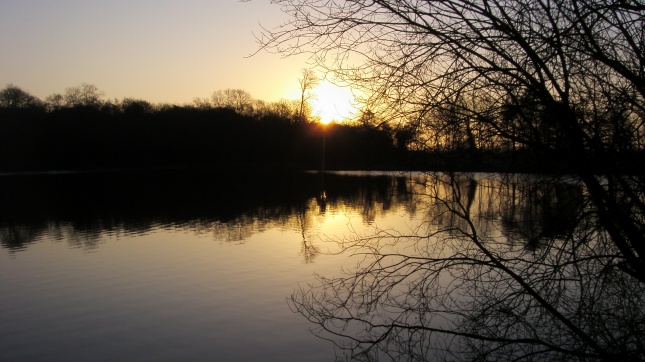
A spring sunrise
February – March
At this time of year, habitually, Carp, Bream and Tench follow a similar pattern. Over the next couple of months, female fish will be at the heaviest, so now is the time to think about your approach. In this feature, I will go through some of the things that have helped me catch some stunning fish.
Although we have had a relatively bright, mild winter, there are still key trigger points for fish that will ultimately lead fish towards spawning. Personally, I think fish respond equally to the length of the day and the air temperature, although a real cold snap can potentially push things back. Similarly, a “heat wave,” will also affect their behavior. Looking at the long-range weather forecast it suggests a steady month ahead, with daytime temperatures of 10-15, and nights being between 2-4 degrees. Over the next week, the cold northerly winds will dissipate and gentle westerly/southerly winds projected for the remainder of the month. With that in mind, I will now focus on the tactics that have worked for me at this time of the year.
The obvious sign that spring is on the way are the buds showing on the trees, birds and ducks chasing each other around and so on. If the weather and length of the day has an impact on these, you can bet the fish are having a similar reaction.
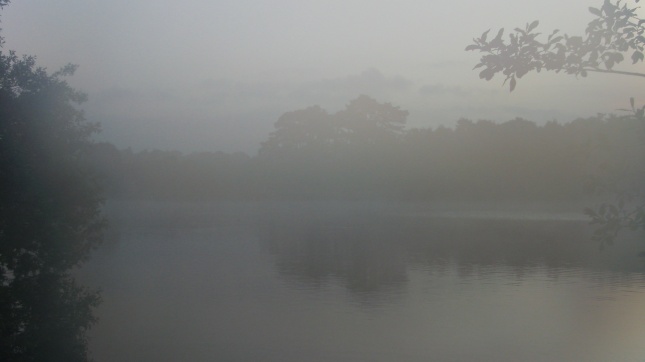
One of those special spring mists
A couple of things to consider are why fish do what they do at this time of the year. To get them through spawning successfully, they need to pack on as much weight as possible. I believe they do this naturally. This weight will come in the form of natural proteins, carbohydrates, and fats, etc. Many Salmon die from exhaustion after spawning and this may be because they have not eaten for months while on their journey to their grounds. I might add that this is just my opinion, but a reasonable one I think. With that in mind, bigger fish have a larger body mass and therefore, start eating before the smaller species. All my biggest Bream and Tench have come in February / March / April. Something to consider when planning your campaign is where the fish are going to spawn. For their fry to have the best chance of survival, they need rich natural warm areas. Invariably, this will around large reed beds, in shallow water, away from cold winds, and an area that gets the morning sun. Naturally, every year, fish will head for these areas. The first species to move is invariably the Bream, quickly followed by the Tench. Soon after, the Crap will follow, and this is not just to spawn, but also to eat the Bream and Tench eggs, along with any early fry. All that said, and in my experience, Bream, Tench and Carp will not start moving until into their spawning grounds until the end of April at the first. There are exceptions, and I know of one or two venues where the Bream move as early as the beginning of February. Local experience will help here.
So, where to start. I have found that wherever the Carp, Bream, and Tench, were at the end of autumn, they will still be there now. If you fished through the autumn and into the winter, you will have a great starting point, especially if you kept a steady amount of feed going in. In most cases, this will be the deep, sheltered parts of your chosen venue. If you are new to a venue, the fish will occasionally show themselves by rolling, but I have found at this time of the year, it will be first thing in the morning, and the best days are wind free. They will not be crashing out, and if your venue is calm, you will have a better chance of seeing the slightest movement.
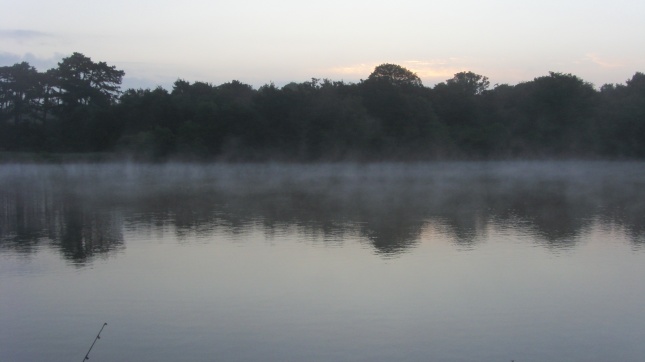
Keep your eyes peeled
Once you have a good idea of your chosen area, then you need to start thinking about your approach. Irrespective of size of venue and depth of water there are some things you may want to consider. The most important factor is the amount of feed you use for each session, how long you are going to fish for and how often you plan to fish. I will use an average of once a week, and a session of 24 hours. I hope that you can adjust this to suit you. I will set out below my approach over the coming weeks. Although this is just my opinion, it has worked brilliantly for me and has produced many of my biggest fish.
I know the swim I want to target and my first session will be on Sunday March 6th for 48 hours at my beloved Hemingford Grey. Due to the relatively mild winter, there is still a good amount of Canadian pondweed. I will be fishing about 90 yards out in 14 feet of water, in a clear channel, about 30 yards beyond the end of the weed and around 5 yards before the water shallows up, and the weed starts again. Over the years, I have developed a rather unusual feeding pattern, but it works for me. Arriving at around 2pm on Sunday, I will have a mark about to check there are no beds of drifting weed, branches and so on. The 30-yard wide channel I am fishing in is 14’2″ and the exact area where I will put my bait is a small gully that is around 14’6″. It is around 3 feet wide and snakes for around 20 yards. Many, many hours marking up went into finding this area. I will put my hook bait on the edge of this gully. On a flat bottom, for big fish to give you a hittable bite, they have to go through three movements. One is tipping up to get at your bait, then righting themselves (and providing they have not dumped your hook) turning side on so you get a proper bite. You can reduce this to one movement. Find a ledge and put your hook bait on that ledge. With the bait in front of their eyes, all they have to do is suck it in and turn away. The result is invariably a single toner.
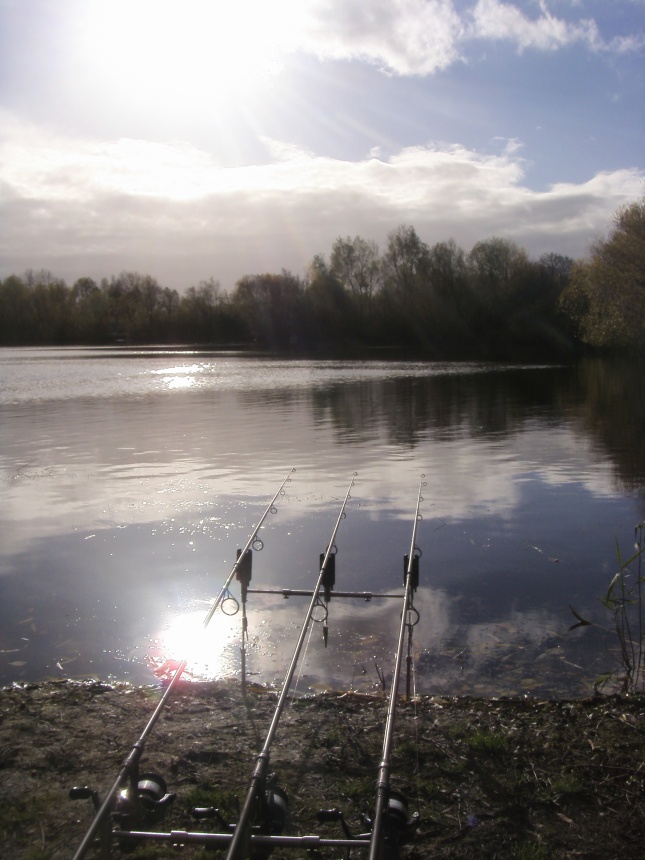
Just sit back and enjoy
The next trick is getting them feeding. Being there for 48 hours, I always take my time and after marking up. The first thing is to get my feed ready, allowing it time to soak. I always do this on the bank wanting to use lake water. While this is stewing, I will set everything else up. My feed at this time of the year will be a crumb and particle mix that will consist of:
15% crushed hemp,
10% boiled wheat,
10% brown crumb,
30% low temperature fishmeal powder,
5% desecrated coconut,
15% crumbed boilies,
10% liquidized sweet corn and maize,
The remainder will be chopped worms and dead maggots.
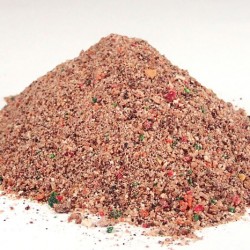
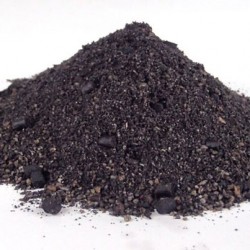
I will be using three rods, and each will be in the gully, around 10 yards apart. At around 5 pm, I will cast out 6 spods, 2 over each rod. In each spod will be 4 30mm balls of my ground bait mix. I have found a Nash ball maker is perfect for this. The ball will be hard and will break up 5/10 minutes after hitting the bottom. This gives me complete control over where my feed ends up. In 14 feet of water and at any time, I do not want my feed drifting yards from where I am fishing. At this time of the year, it is imperative that you control your feed. If the water is calm, I will then sit back, have a coffee and watch the water for 20/30 minutes looking for signs of fish movement. At around 6pm, I will cast out my rods.
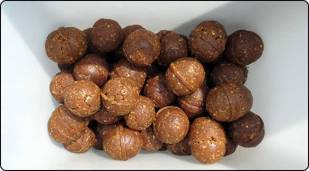
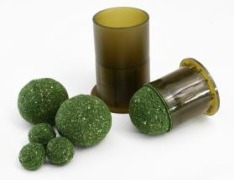
I set my alarm for midnight and dependent on how many indications or bites I have had, will put some more feed out. Over the last couple of years, I have found that can really stimulate the fish into feeding. I will feed between 12 and 24 spods. I know this may seem like a lot, but my approach is a long term. Invariably, I will not feed again until midnight the following day. Irrespective of the amount of fish, bites, or indications I will put in another 24 spods before I leave. I will follow this pattern for the next 6 weeks allowing the fish to dictate the amount I feed on each trip. Once we are into Mid April, and dependent on the weather, I will gradually increase the amount by around 15% a week. In a couple of weeks, I will take you through April and May.
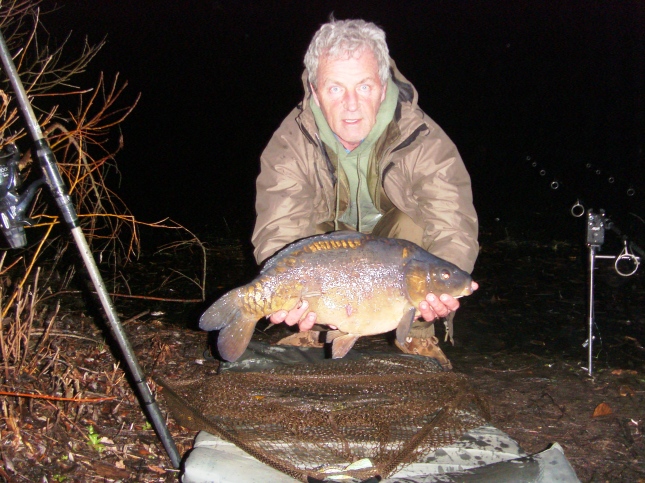
A Winter fish
This really is just my opinion. I do hope in some small way it helps you nail some big fish over the coming weeks. Go-Catch SteveD